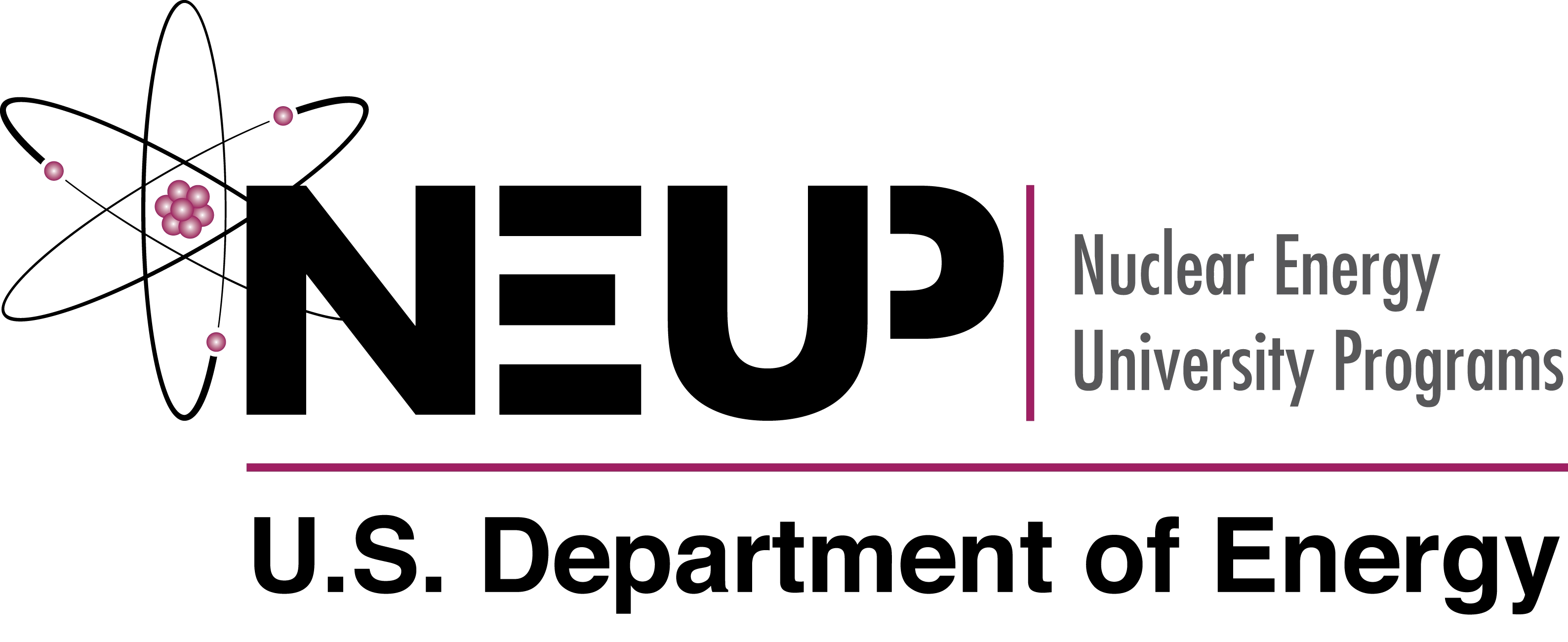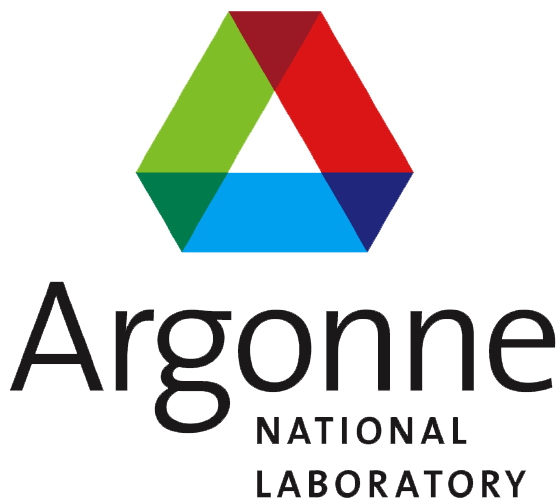Nuclear Fuel Cycle Simulators¶
A nuclear fuel cycle simulator is a tool used to explore the impacts of alternative nuclear fuel cycle choices when considered as a full system at a national or international level. Fundamentally, these simulators track the flow of materials through the nuclear fuel cycle, accounting for processes such as enrichment, transmutation, decay, and partition of isotopes. From the material flows and information about the operation history of the associated facilities, various metrics can be assessed for different nuclear fuel cycle designs. As such, economic, environmental and security metrics resulting from different fuel cycles can be compared to support decision making on research, development and deployment decisions for future fuel cycle facilities.
Fuel cycle simulators provide insights into important trends as nuclear fuel cycles undergo technological transitions in an uncertain socio-political environment. While it is important to achieve an overall conservation of mass, there is typically a trade-off between the accuracy of specific isotopic compositions and the speed of calculation. Given the inherent uncertainty of making predictions in unknown socio-political futures, the physics models used for each individual process in the fuel cycle are generally low-order approximations based on a higher order analysis.
Fuel cycle simulators are not designed to provide detailed simulations of specific facilities: neither high-fidelity predictive simulation nor virtual reality environments.
History of Nuclear Fuel Cycle Simulators¶
A variety of simulators have been developed to study nuclear fuel cycles in two categories. One category models detailed facilities arranged in complex coupling schemes that are validated with measurements from real systems. While these tools offer a much more rigorous treatment of the physics, they often require an experienced analyst to compute the results and may offer more precision in the physics than is warranted given the socio-political uncertainty. The other category of tools is typically derived from simplified systems models, with physics detail and complexity added where necessary to improve the fidelity of results, but preferring rapid computation to precision.
Regardless of the development path, these simulators have inherent assumptions, limitations in their underlying software infrastructure, and constraints on the variety of nuclear fuel cycle options that can be assessed. Comparing the results from different tools, often in order to generate confidence in them all, can be challenging and frequently requires oversimplified problems that preclude the use of the advanced features of any one tool.
There are a number of tools currently used around the world to support systems decisions on nuclear fuel cycle options:
VISION
DANESS
COSI
NUWASTE
CAFCA
NFCSim





